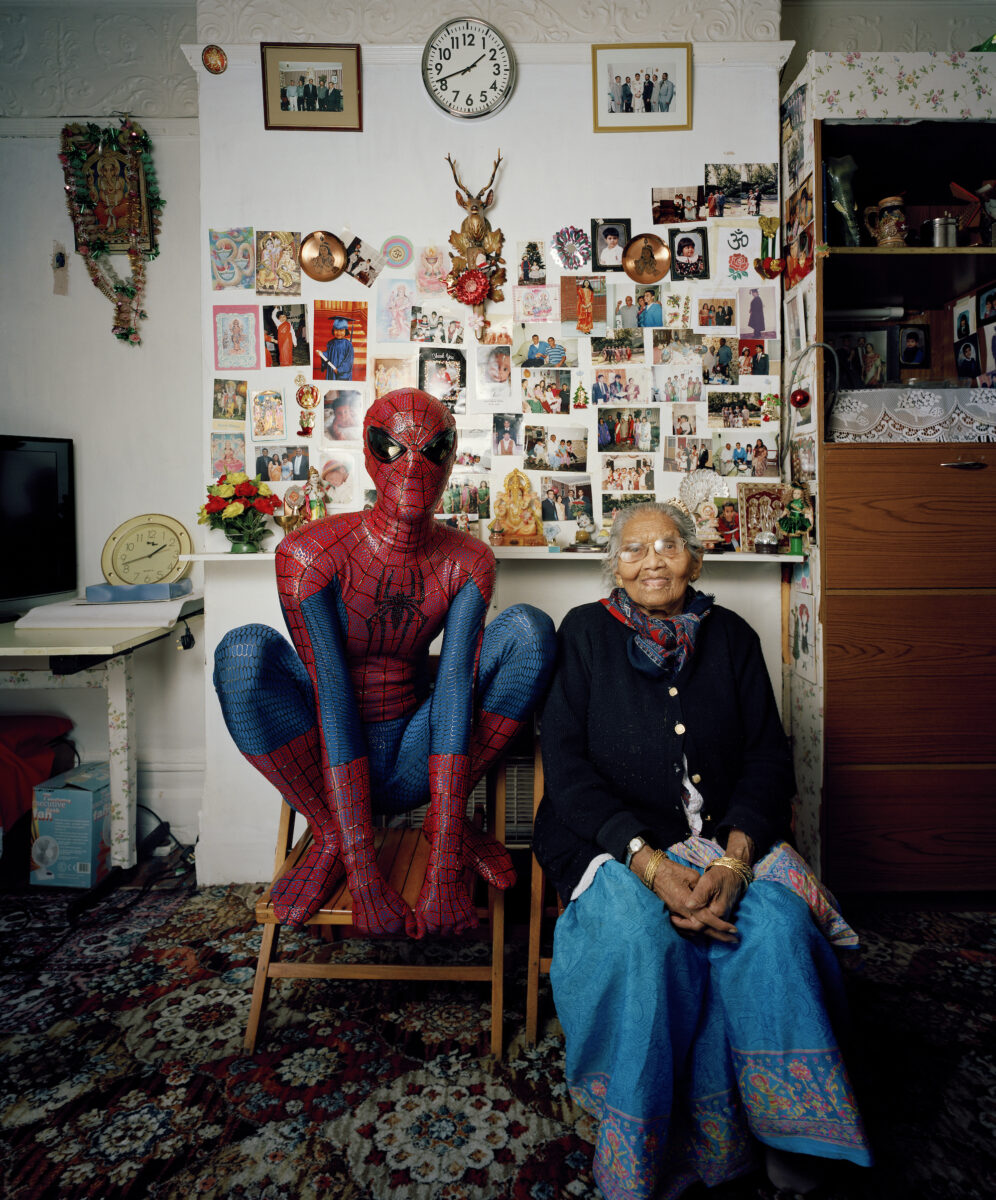Untitled (Friends)
2016 - NFT (NFT)
Gregory Halpern
Gregory Halpern spent five years shooting ZZYZX , and another year editing the results, from an estimated thousand rolls of film, about half of which were shot in the final year after his Guggenheim Fellowship enabled him to live in California. According to Halpern, the series “is grounded in reality, but it occupies an in-between space, between documentary and a certain sense of mystery.” …“I see ZZYZX as part of a continuum but edging a little closer towards fiction.” The series title is borrowed from the village Zzyzx (pronounced zye-zix), formerly Soda Springs, but rechristened by the mineral water pioneer, Curtis Howe Springer, in 1944. The eccentric Springer named it after what he claimed to be the last word in the English language. The images in the ZZYZX series begin in the desert east of Los Angeles and drift west, through the city, and finally end at the Pacific ocean. This general westward movement is a pilgrimage toward the ocean, and alludes to the manifest expansion of America from east to west. The people, places, and animals in the series did appear before Halpern’s camera, but he has selected and organized the images into a work of fiction or fantasy, with assistance from artist Jason Fulford on the sequence. The work brings together seemingly disparate images of environmental crisis, kinship, entertainment, urbanity, and stunning vistas. There is a strange narrative harmony to the series—the sublime, the psychedelic, and the self-destructive. Southern California is unpredictable, wild. Cultures and histories coexist, the beautiful sits next to the ugly, the redemptive next to the despairing, and all under the golden state’s radiant light, as transcendent as it is brutal.
Gregory Halpern is an acclaimed American photographer whose practice is predicated on wandering. Combined with a curiosity about the elusive qualities of Americanness, he makes images that mix documentary and fiction. He has been celebrated for his pioneering photobooks, which involve rich colors, thoughtful sequencing, and evocative associations between images as a form of storytelling.
Colors:
Related works sharing similar palette

© » KADIST
Tobias Fike & Matthew Harris
2013Facing one another, each projection screen of the work Food Fight respectively features Tobias Fike and Matthew Harris preparing multi-course meals at a kitchen counter...

© » KADIST
Ayoung Kim
2019In 2019, Ayoung Kim traveled to Mongolia to research its widespread animistic belief system towards land, mother rock, stones, and sacred caves that purify human guilt...

© » KADIST
Nicolás Grum
2014El gran pacto de Chile (The Great Pact) and La balserita de Puerto Gala (The Raft) were part of the “Museo Futuro”, an exhibition in which the artist presented nine miniature dioramas staging fragments of Chile’s history, from its colonial invasions to the present...

© » LENS CULTURE
Reunion — Hand-Embroidered School Class Portraits - Photographs and text by Diane Meyer | LensCulture Feature Reunion — Hand-Embroidered School Class Portraits By obscuring the faces with embroidery — which would typically be the most important parts of these elementary school class portraits — otherwise overlooked details are brought into focus, such as body language and other embodiments of social convention...

© » KADIST
Pascal Shirley
2006Gypsy shows an ambivalent scene, in which broken blinds and its unsmiling subject are balanced with the stilllife plentitude of watermelon slices and the beautifully lit nudity of the sitter...

© » ARTS EQUATOR
MervEspina and the Green Papaya Art Projects (via The Myanmar Times) | ArtsEquator Thinking and Talking about Arts and Culture in Southeast Asia Articles September 22, 2018 With the support of Japan Foundation and collaboration of Myanm/Art, MervEspina, artist and researcher from Philippines talked about Green Papaya Art Projects whose essence can be rendered as ‘never ripe, never rotten’...

© » KADIST
Jonas Bendiksen
2021For his project Book of Veles artist Jonas Bendiksen travelled to the small city of Veles in North Macedonia, inspired by a series of press reports starting in 2016, that revealed Veles as a major source of the fake news stories flooding Facebook and other social media sites celebrating Donald Trump and denigrating Hillary Clinton...

© » ARTS EQUATOR
Air Con: Who Do You Want To Be When You Grow Up? | ArtsEquator Thinking and Talking about Arts and Culture in Southeast Asia ArtsEquator Viewpoints October 8, 2021 By Dhinesha Karthigesu (1,330 words, 5-minute read) Who do you want to be when you grow up? At the end of the play AIR CON , the character William (Nick Davis) asks the character Asif (Ryan Lee Bhaskaran) this question...









.jpg)


